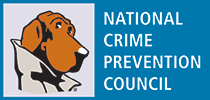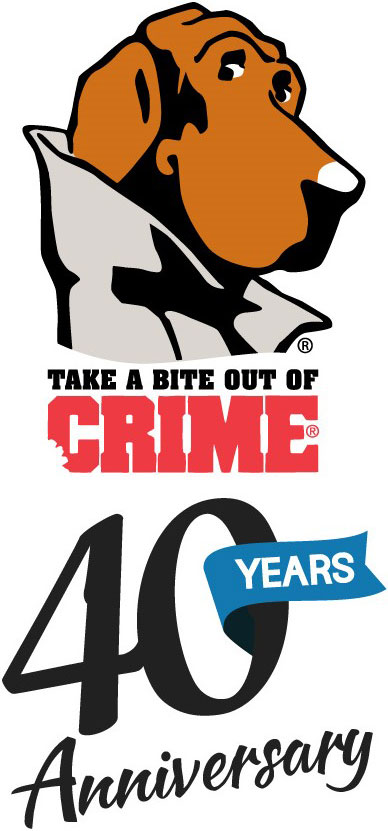The Research
NCPC Assesses Attitudes about Intellectual Property Crime
Intellectual property theft steals income from creative professionals and the workers who support them, costs jobs, adds to the cost of consumer goods produced by legitimate manufacturers, robs state and local governments of badly needed tax revenue, contributes to crime, and can even sicken and injure Americans who unwittingly purchase or use counterfeit products, including fake or improperly labeled drugs.
Research authorized by the National Crime Prevention Council found that this dire situation is far from hopeless, however. The research was carried out by Moessner and Associates, working in tandem with the CauseWay Agency, in 2010.
Questionnaires were developed in concert with the Bureau of Justice Assistance, Office of Justice Programs, U.S. Department of Justice (NCPC’s partner in its campaign to prevent intellectual property theft) and reviewed by the Motion Picture Association of America, Business Software Alliance, International Anti-counterfeiting Coalition, and the Pharmaceutical Security Institute. The research found that when Americans learn the extent of intellectual property theft and what it costs their friends, neighbors, neighborhoods, and local tax coffers they are inclined to keep an eye out for Intellectual property theft and change any behavior that contributes to the problem.
Some of the highlights of this research:
Attitudes and Behaviors
People were surveyed about their knowledge, attitudes, and behavior. Here are some of the findings.
- Most people can’t accurately describe “intellectual property” or “intellectual property crimes.”
- The public believes that “bargain” products—getting something they want at a cheaper price—is a normal part of life.
- Only 14% of all respondents to an online survey said they had ever knowingly bought a counterfeit product.
- Less than half of all respondents said they were likely to be caught by police when purchasing a counterfeit or pirated product.
- Most respondents said that if intellectual property theft was a serious problem, they would see people being arrested or see more stories in the news media.
- Most respondents didn’t know that their purchase or use of a counterfeited or pirated product hurts other people or their communities. Young adults are the largest group to have this view.
- Respondents didn’t liken the purchase or downloading of counterfeit or pirated materials to crimes like shoplifting or robbery.
- More than 80% of adults (over 18) believed it is illegal to knowingly purchase counterfeit or pirated products. The truth is that it’s illegal only when these materials are purchased in large quantities and intended for sale.
- Fifty-two percent of respondents said they didn’t know where to go for information.
- Sixty-three percent said they needed more information.
Key Findings
The researchers found that it was possible to change the attitudes and behaviors of consumers who unknowingly contribute to the intellectual property theft problem. Some of the findings appear below.
- Information provided must be personally relevant.
- Many people didn’t believe that counterfeiting or pirating cost jobs.
- Most respondents—64%—said that television is the best way to reach them with messages about counterfeit products and piracy. Social media (11% of adults, 19% of teens) came next, followed by ads on the Internet (7% adults, 10% teens).
- NCPC’s icon, McGruff the Crime Dog, is a valuable asset in educating people about intellectual property theft. Seventy percent of older adults (31 and older), when prompted, recognize McGruff. Forty-nine percent of younger adults (ages 18 to 30) are aware of McGruff. Sixty-six percent of adults say they would be likely to act on advice from McGruff. Nearly half of teens (45%) say the same.
Additional Insights
- People who took part in focus groups said the information they got about the potential risks associated with everyday intellectual property theft made them realize that this type of crime is serious and that they would like more information about how to recognize and avoid counterfeit products.
- Large businesses and small businesses view intellectual property theft differently. Large businesses view it as a normal cost of doing business. Small businesses viewed it as a more serious problem.
About the Study
The study, carried out August-October 2010, took the form of focus groups and a nationally representative online survey. There were six focus groups, held in New York, St. Louis, and San Francisco. The online survey examined the attitudes, knowledge, and beliefs of 1,017 adult Americans, age 18 and older, and 502 teens, age 13 to 17.



